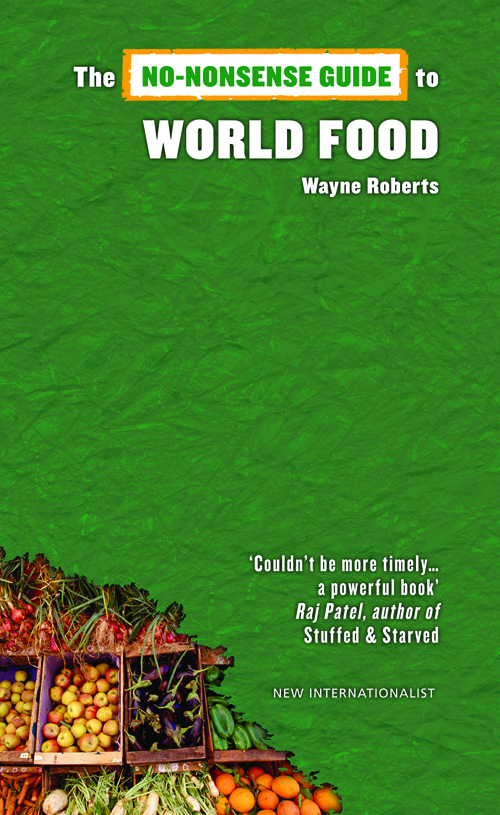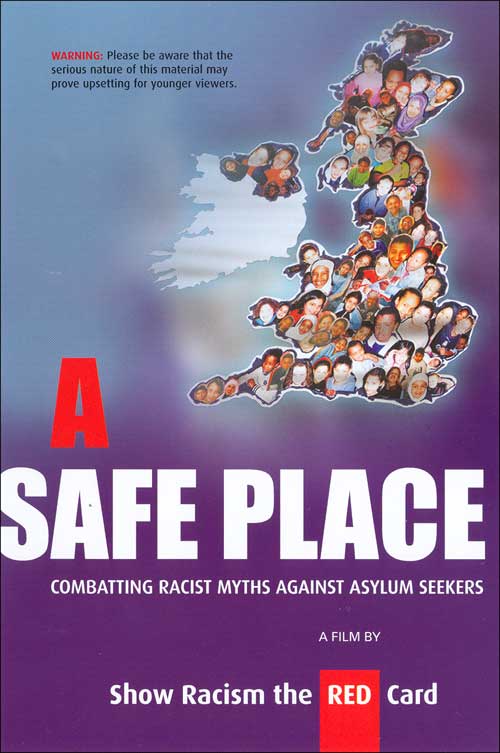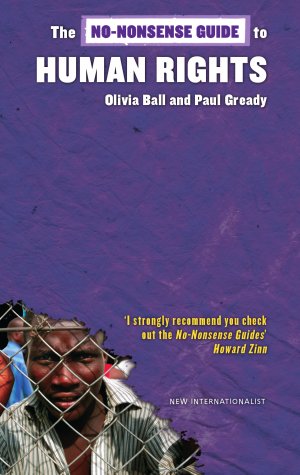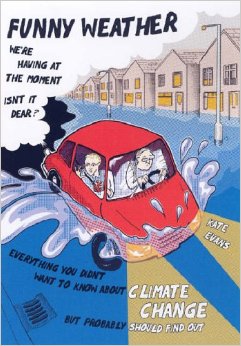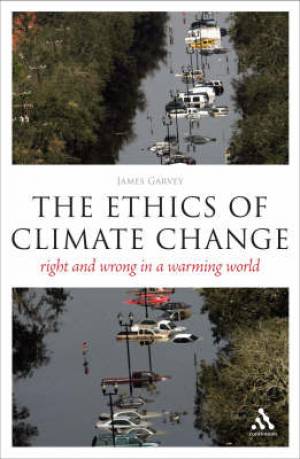 The Ethics of Climate Change.(right and wrong in a warming world)
The Ethics of Climate Change.(right and wrong in a warming world)
by James Garvey
What has morality got to do with ecological questions? Surely it's a matter of ... ah yes, of course, a matter of life and death. And not just death of an individual or several, but of the whole planet and all human life on it. So that involves decisions. It may seem obvious that the instinct of self-preservation dictates our actions in this case so it hardly seems worth arguing. A number of ethical questions do arise, however.
To what extent do immediate interests clash with long-term ones? For instance: do you or. more importantly, your business, stand to lose because of actions taken to prevent CO2 emissions? If you are in your 6os, or older, will you be greatly affected by climate change before you die and, if not, is it worth sacrificing your present comforts for the sake of future generations?
Questions of right and wrong arise all the time. So do questions of individual responsibility. Are some of your reasons for action – or inaction – contradictory?
The author examines a number of aspects of what the individual, or the whole of society, should actually do (or, again, not do). Then he goes into the various alternative courses of action and analyses the morality which underlies them. He writes of consistency, how psychology plays its part and, for instance, whether civil disobedience is morally justified.
If you are in doubt about where you stand, or have already made hard and fast decisions, read the book and be stimulated to consider – and perhaps reconsider – your own attitude and the actions resulting from it.

